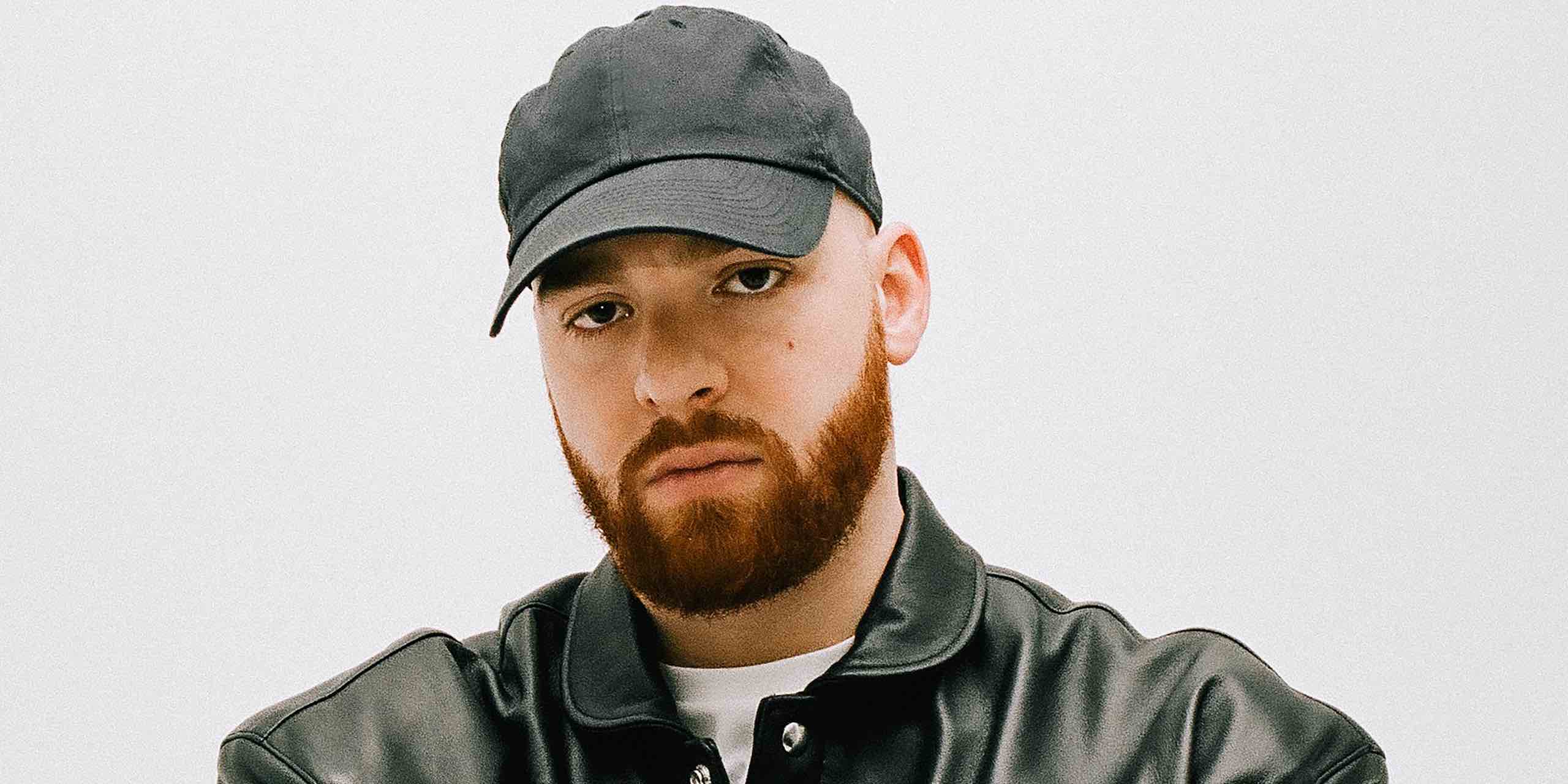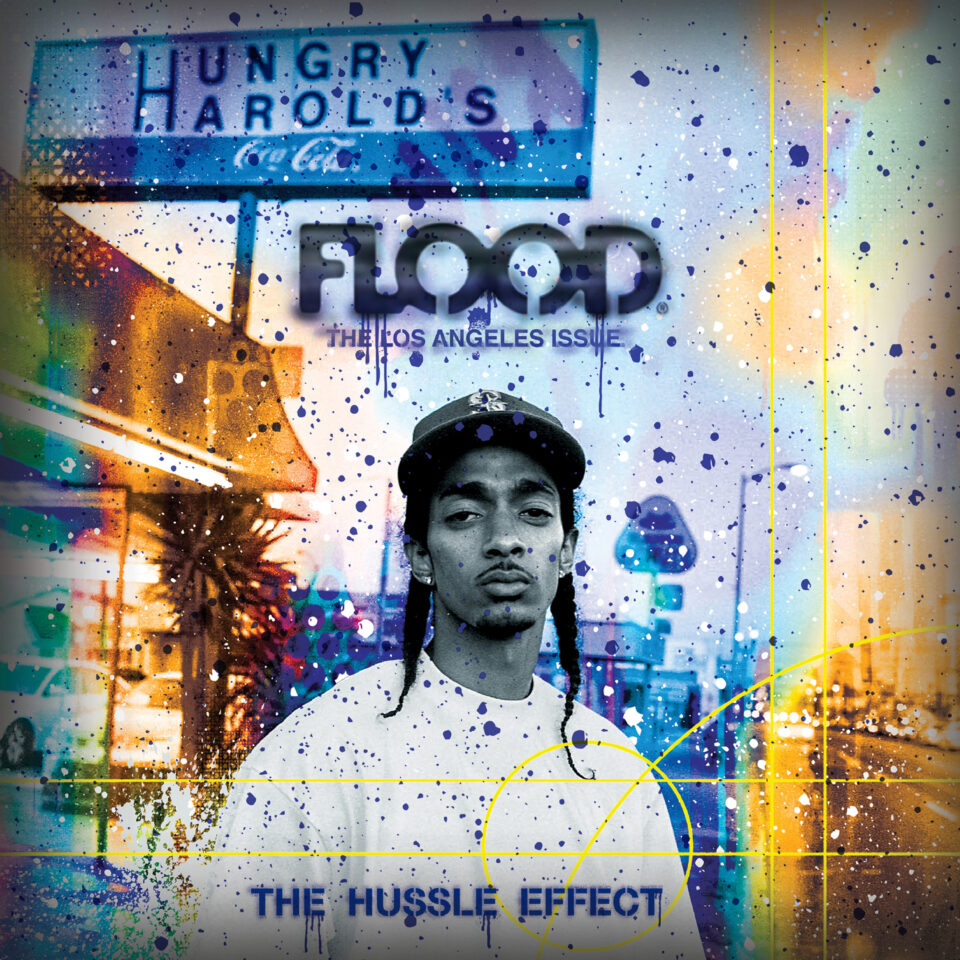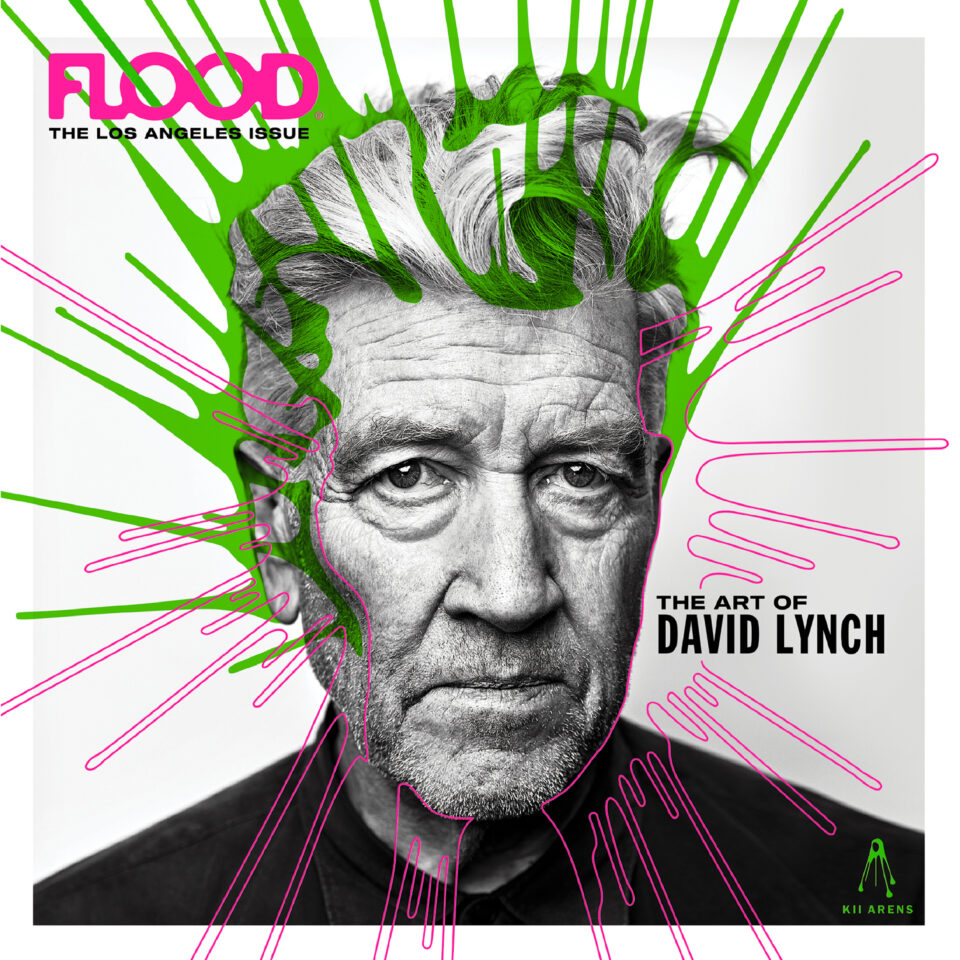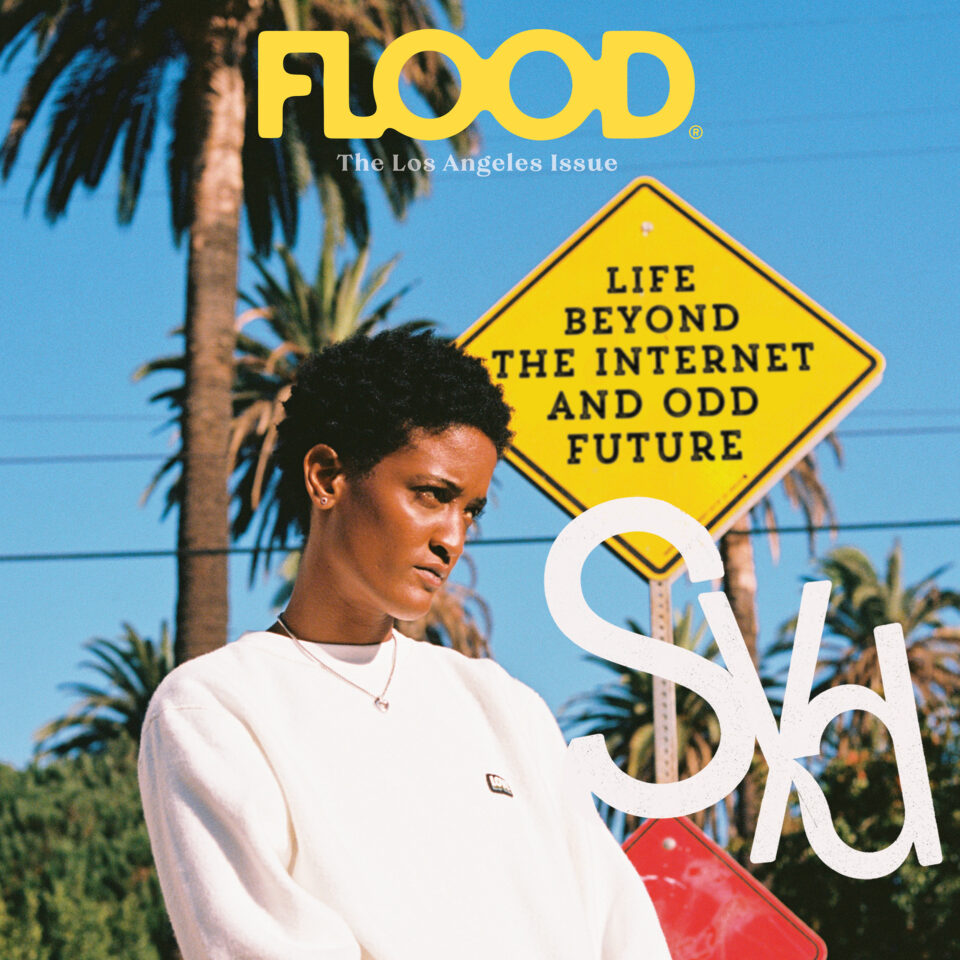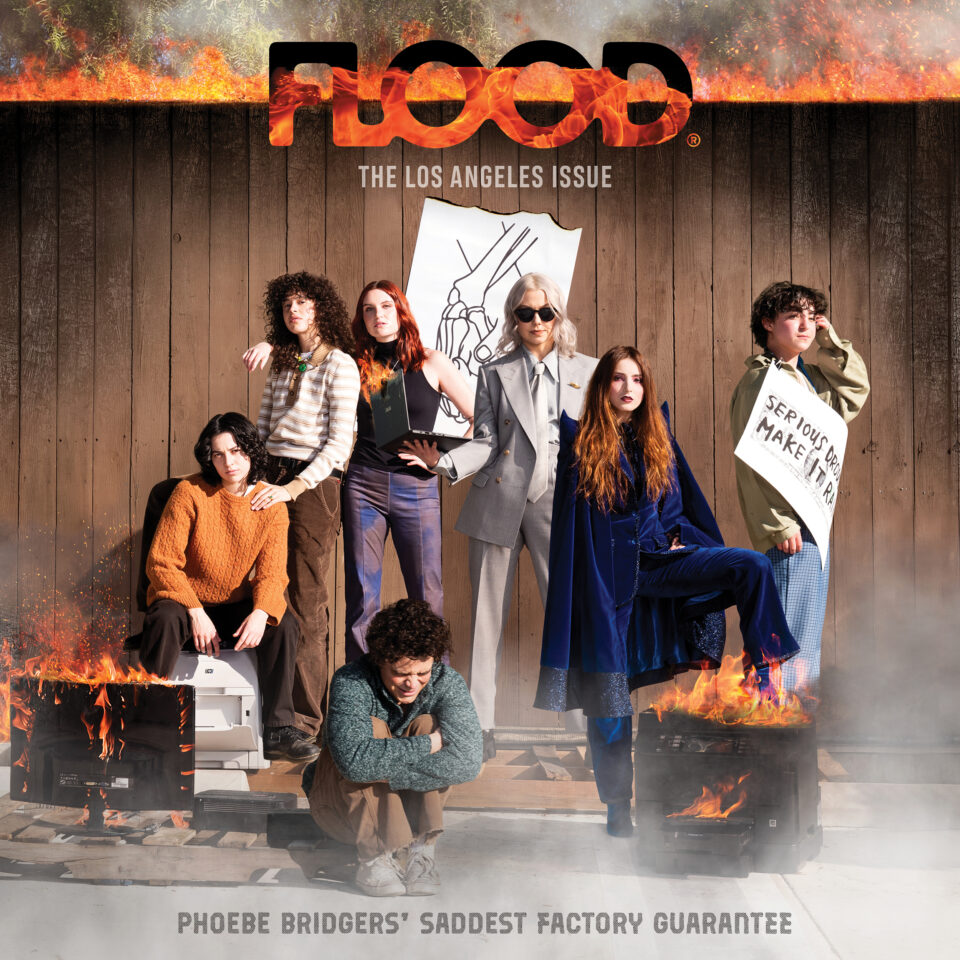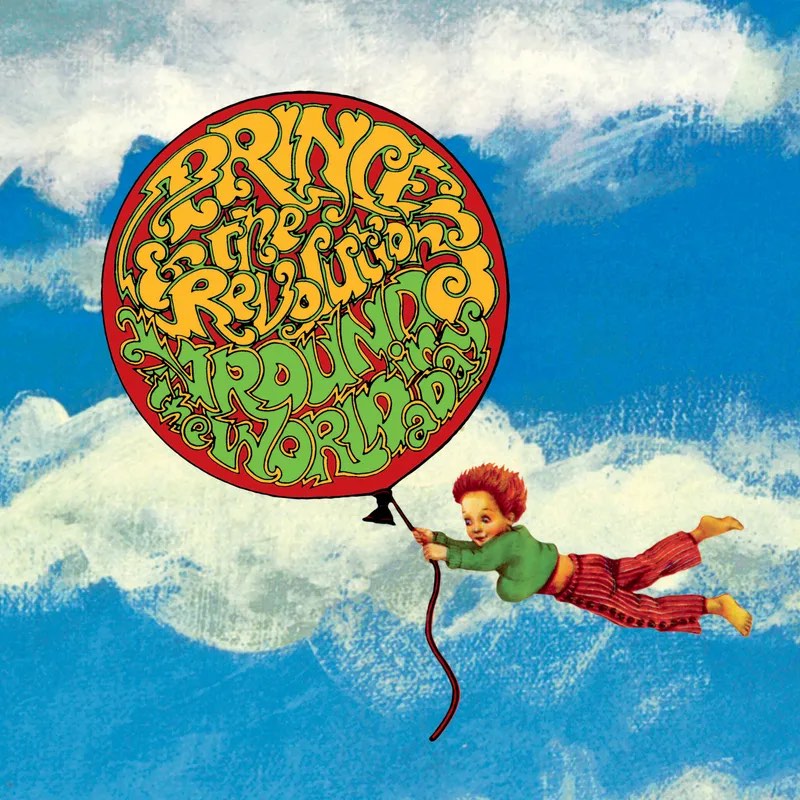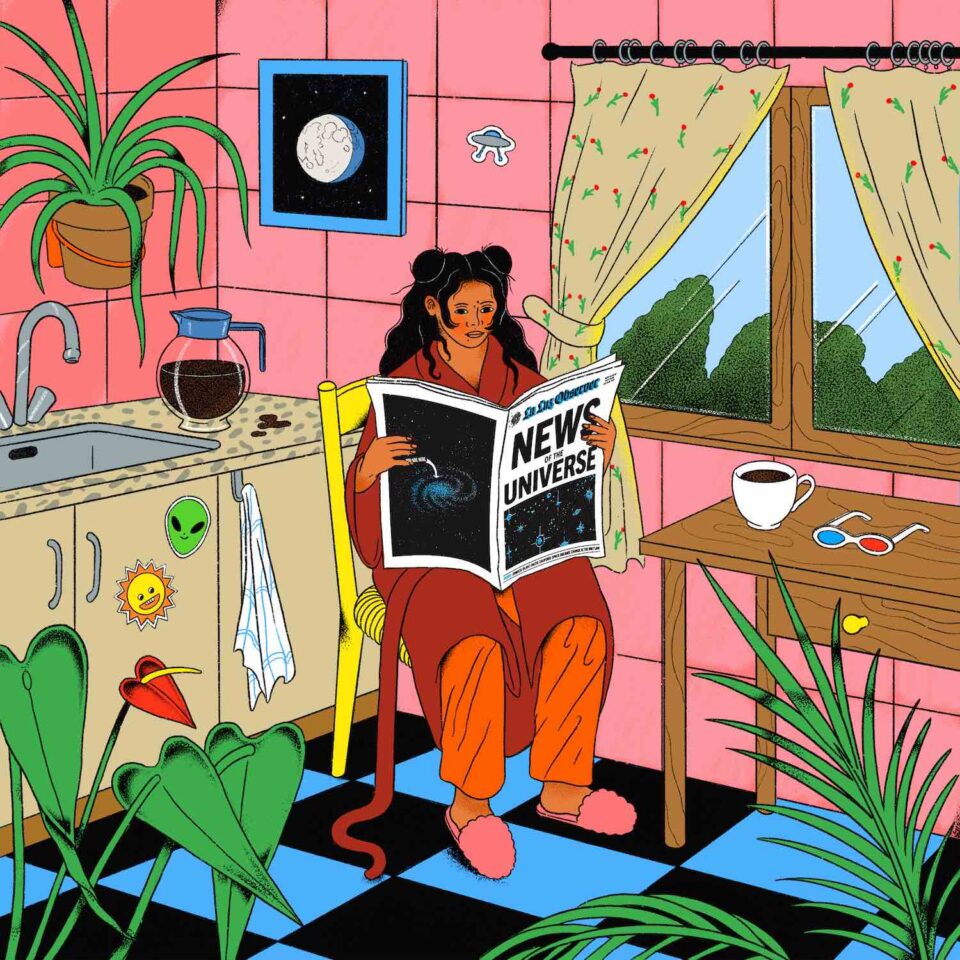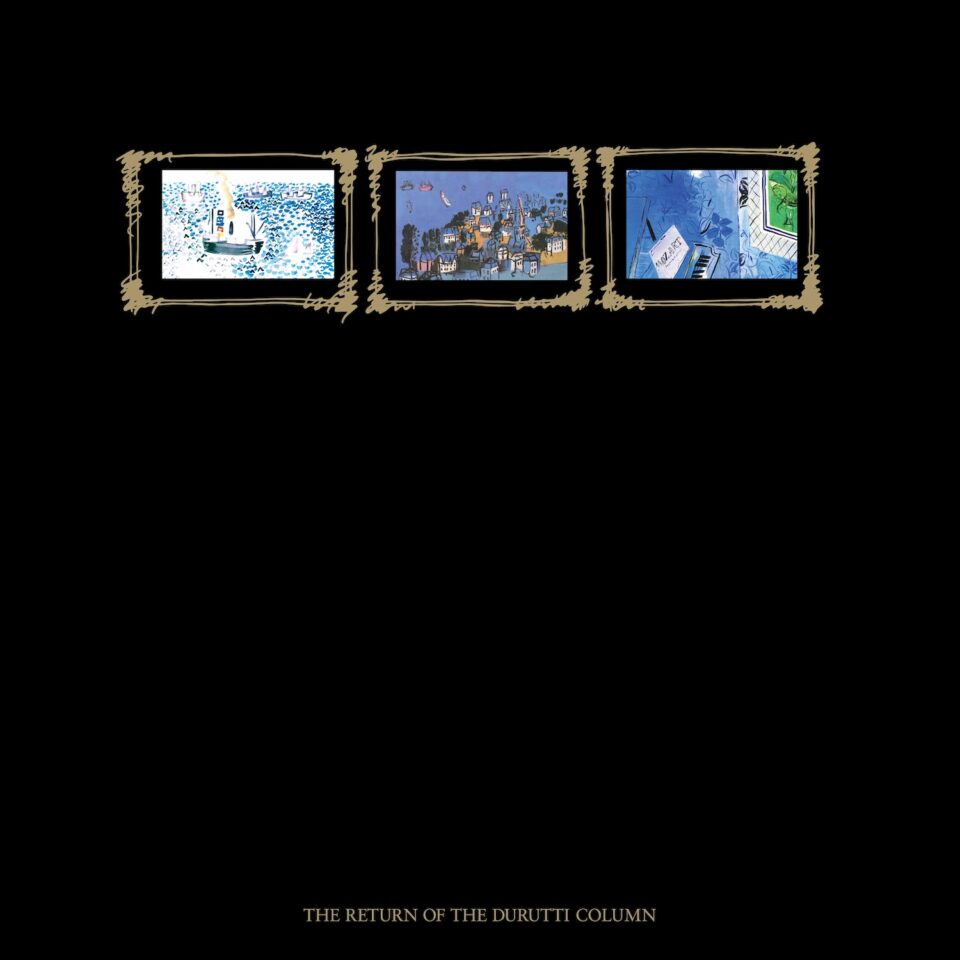Not content with kicking off last year by dropping one of 2024’s most potent rap albums with frequent collaborator Boldy James, workaholic producer Nicholas Craven has concocted hundreds of beats since the January 18 release of Penalty of Leadership, admitting over a grainy Zoom call that he made eight more at 3 a.m. that day. Given Boldy’s brush with death after surviving a car accident that briefly left him paralyzed from the neck down, it’s a miracle that both he and Craven were able to finish that project. Throughout their 11-track treatise on mortality, Craven’s pensive production befits Boldy’s typically weary drawl. It’s a formula that makes Penalty such a compelling listen, but Craven has always maintained that his work is all about allowing regular co-stars like Boldy to shine. It’s an ethos that’s seen him become the go-to composer for some of today’s sharpest street poets.
Prior to becoming a studious hip-hop head, Craven’s upbringing in Gatineau, Quebec was soundtracked by The Doors, Jimi Hendrix, and Charles Aznavour. That all changed during his teens, when he stumbled upon a friend’s older brother’s beat-making session and was taught the basics. He’d then take notes on everything from Motown soul to French chanson and Algerian rai—no genre was left undiscovered and unsampled. It wasn’t until he moved to Montreal and embedded himself further into the local hip-hop scene that Craven would find his symphonic oeuvre. Inspired by the minimalist production laced through Roc Marciano’s 2010 debut Marcberg, he’d adopt a melodious approach that rarely, if ever, relied on drums. Think about the end credits music to a ’70s Blaxploitation flick and you get the idea.
Even during his come-up, Craven had already shared studio time with the likes of Mach-Hommy, Conway the Machine, billy woods, and Navy Blue. He’d also balance time between scoring for local talents with collaborative projects alongside Tha God Fahim, Boldy, and a rejuvenated Ransom. With his ear for enchanting samples, it’s no wonder rappers on both sides of the border have his number on speed dial.
With a unique lull in his output schedule, we spoke with the in-demand beatsmith about recording Penalty of Leadership with a still-recovering Boldy, what the “definitive Craven sound” really is, finding the perfect loop, why “Hate It or Love It” was pivotal for him, and plenty more.
Penalty of Leadership was undoubtedly a more somber listen than 2022’s Fair Exchange No Robbery—which was understandable, given what happened.
The situation surrounding all the writing and recording at the time was a lot more serious than when we last chopped it up together, and it directly translated into Penalty of Leadership. Fair Exchange was just three days of fun and making music nonstop. This time, it was many trips and many days. I went to Detroit a good eight or nine times to get the album done.
How was Boldy’s mood throughout the recording sessions? As I understand it, you were the first person he reached out to while in recovery.
Boldy’s a very strong guy. He doesn’t really fold or change in any way, but it seemed like he was learning a lot from what had happened and was taking his recovery as seriously and as positively as he could. As for the album, we were already making it before the accident. I had a ticket to come to Detroit. I then heard about the accident, but I was supposed to fly down there the day after. Of course, we ended up rescheduling that. Boldy would eventually hit me up a few days before he got out, and told me to get ready to come over again. As soon as he was out four days later we were recording with him sitting on a wheelchair and wearing a neck brace.
“The intention behind my sound is to definitively state that hip-hop isn’t a fad. Hip-hop is something that’s living on and has surpassed everyone’s expectations.”
The survivor’s guilt came across not just in Boldy’s lyrics, but in your production as well.
Because of how long it took to put Penalty together, I had a lot of time to go home, stay in that zone, and make the kinds of beats that I’d think would go with the record. Because we started the album in November 2022, I was very intentional with the type of beats I was trying to create all throughout 2023, which led up to its release in January 2024. I’ve never made an album that took that much time and focus to create and finish.
I can’t help but call back to your early instrumental tapes. Which one comes the closest to what you’re trying to accomplish musically today?
I would definitely say Niko Bellic and the Françoise Hardy trilogy by default, but as far as my instrumental tapes go, the closest to my heart are the Death Soul tapes. In terms of where I want to take my sound, both Death Soul tapes represent the nearest thing. The Death Soul tapes are full of those sad loops that sound like heartbreak, but they’re grimy as hell. They make you wanna rip your heart out of your chest, man. Those are my joints.
Whenever I listen to your stuff, I imagine Frank White overlooking Manhattan from a penthouse suite in King of New York, one hand holding a cigar and the other a whisky. Is that the kinda feeling the definitive Craven sound should evoke?
If I had to pin something down, it would be more like a chord progression or something. There’s some types of chords I usually gravitate toward. I also like to just keep it as raw as possible, y’know? I don’t like to use too much processing. The intention behind my sound is to definitively state that hip-hop isn’t a fad. Hip-hop is something that’s living on and has surpassed everyone’s expectations. But there were different practices that have become less popular as hip-hop evolved over time, and one of them is a foundational one of juggling a record and juggling a loop.
While there are chops in my stuff, it’s not necessarily my main goal, which is to find a sample so good that all you need to do is to loop it. But on your way there, you’re gonna find some other stuff that’s fire, and your immediate inclination is to not waste it.
A song that reminds me of that process is “Serotonin” from Craven N3. I feel like that’s the essence of what a Craven beat symbolizes in that you’re supposed to feel a bit of melancholy, but you’re levitating at the same time.
I like to put emotion in my music. Don’t get me wrong, some of my favorite hip-hop songs like “Sucker MCs” and “Top Billin’” have no melody. There’s not a lot of emotional baggage in them, but they’re still two of the greatest songs ever. But what really got me invested in making beats was “Hate It or Love It” by [The] Game and 50 Cent. It’s funny because Dre [from Cool & Dre] actually hit me up the other day, and I was like, “Yo, bro, you actually got me started!” Imagine Roc Marciano trying to remake the “Hate It or Love It” beat. That’s the style I’m always going for. I like that weird melodic emotion, and if you mix that with cold lyrics, it makes a nice marriage.
“My main goal is to find a sample so good that all you need to do is to loop it. But on your way there, you’re gonna find some other stuff that’s fire, and your immediate inclination is to not waste it.”
I also see a bit of Dilla and Heatmakerz in your catalog, but who else were particularly inspired by?
Definitely Dilla and The Heatmakerz, but Kanye, Madlib, Dr. Dre, Alchemist, Havoc, and DOOM, as well. My two favorite producers are probably DJ Premier and RZA. Young Los and Dame Grease’s work with Max B also immensely formed my style. But when Roc came out, he was the main cat, for sure. Gotta shout out Ka, too. His beats during that Marcberg era were really important for me.
You mentioned Dr. Dre, who sampled Charles Aznavour’s “Parce que tu crois” for “What’s the Difference?” Given your love of French chanson, was Dre’s sample choice a springboard for you to sample other global sounds and genres?
I never really thought about that, but it definitely blew my mind. That’s probably one of the first times [something] made me think, “Oh wow, you can really sample anything!” It not only linked my cultural background to hip-hop production, but [it] was foundational in my understanding of what a sample-based producer can do.
How has moving to Montreal expanded your horizons from an artistic POV?
As far as artistic development goes, it’s probably the most important choice I made. Suburbs aren’t really cultural gatherings of the mind, y’know? For all its downsides and evil energy, the city is full of people who wanna excel and have culture ingrained in them. As far as knowing and understanding culture goes, they don’t really realize how much of an advantage they have over people in smaller towns. There’s pros and cons in both scenarios, but when it comes to the arts, linking up with like-minded people is the way to go. If you want that in Quebec, Montreal is where it’s at. FL

